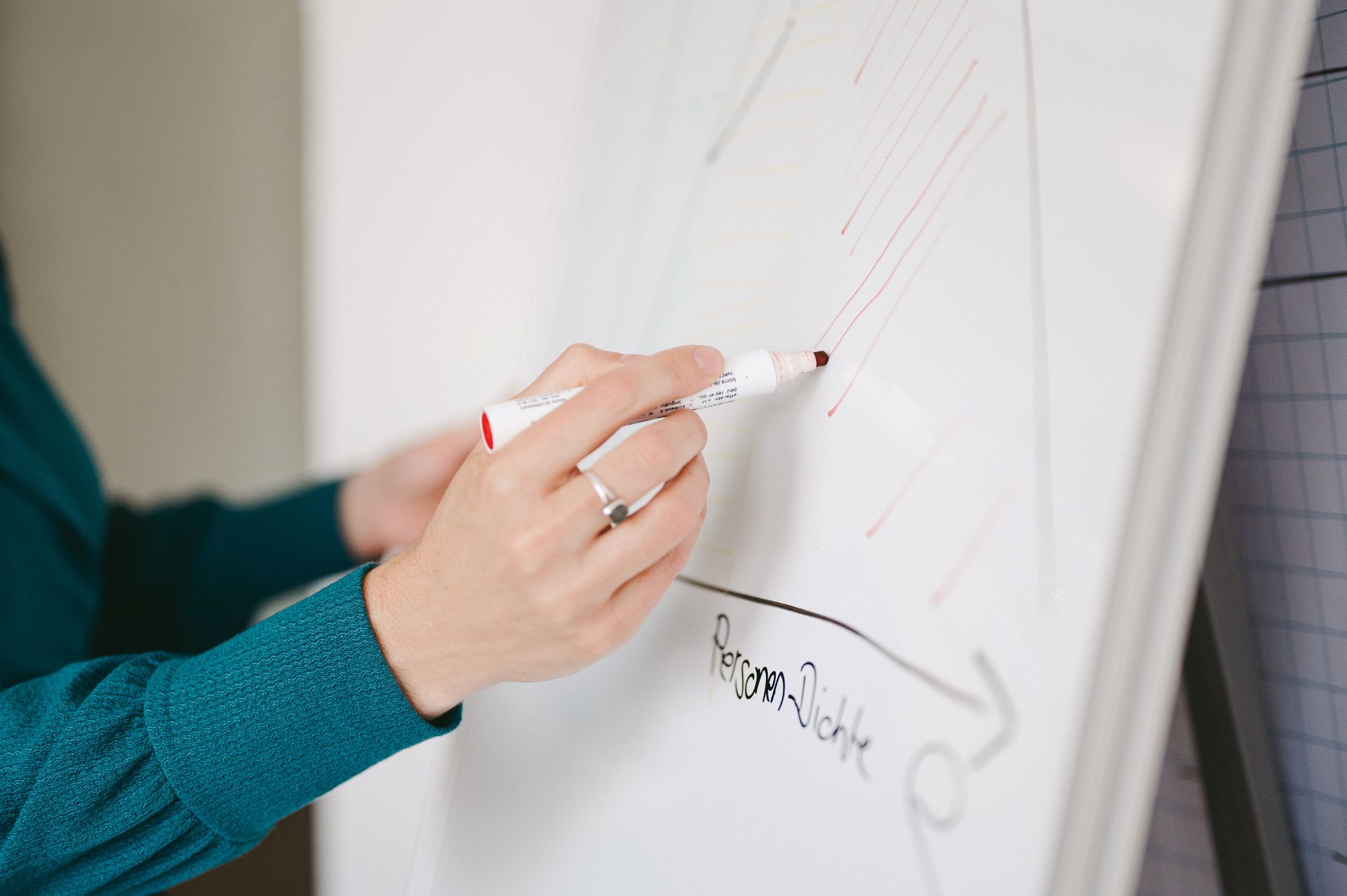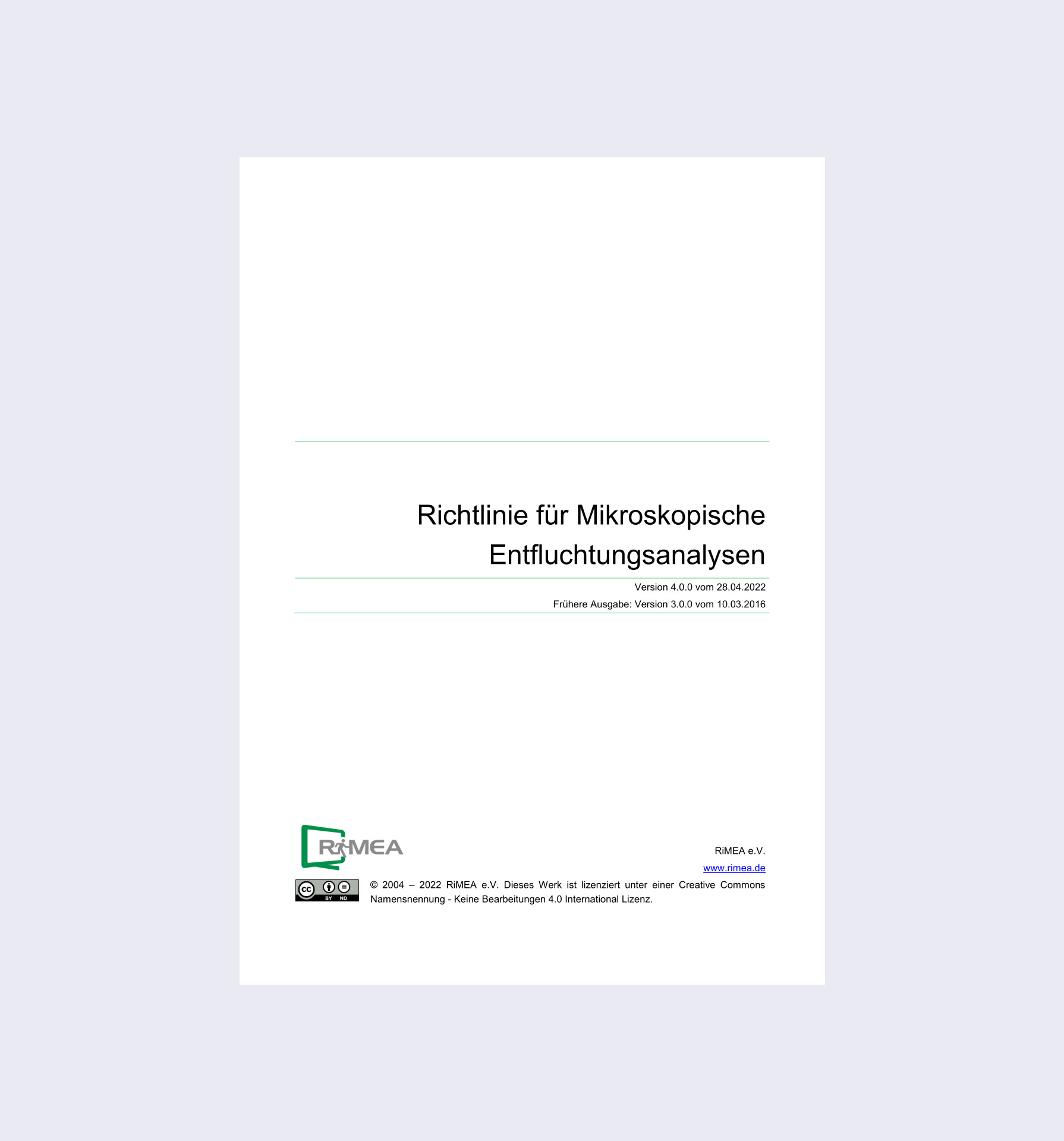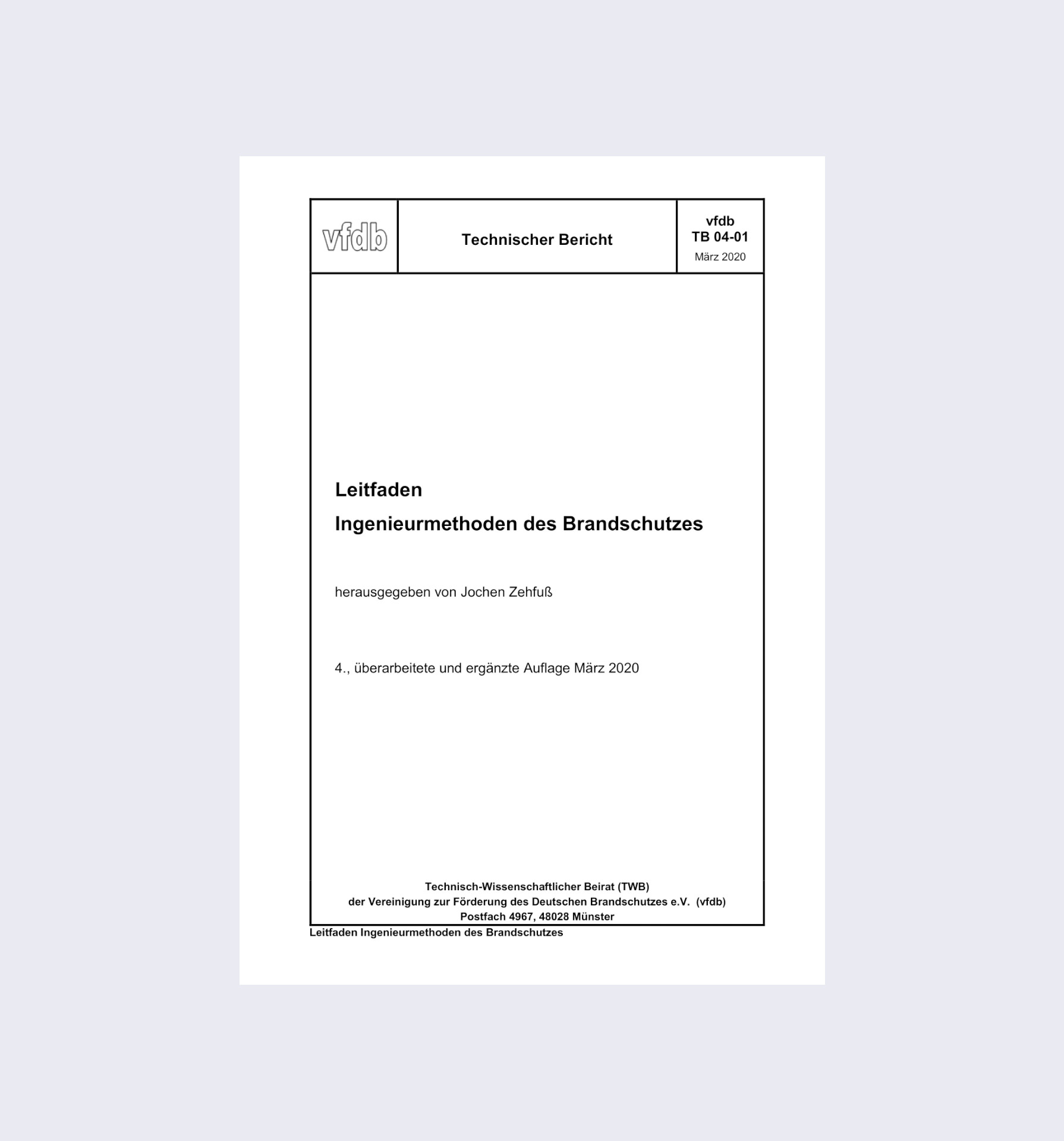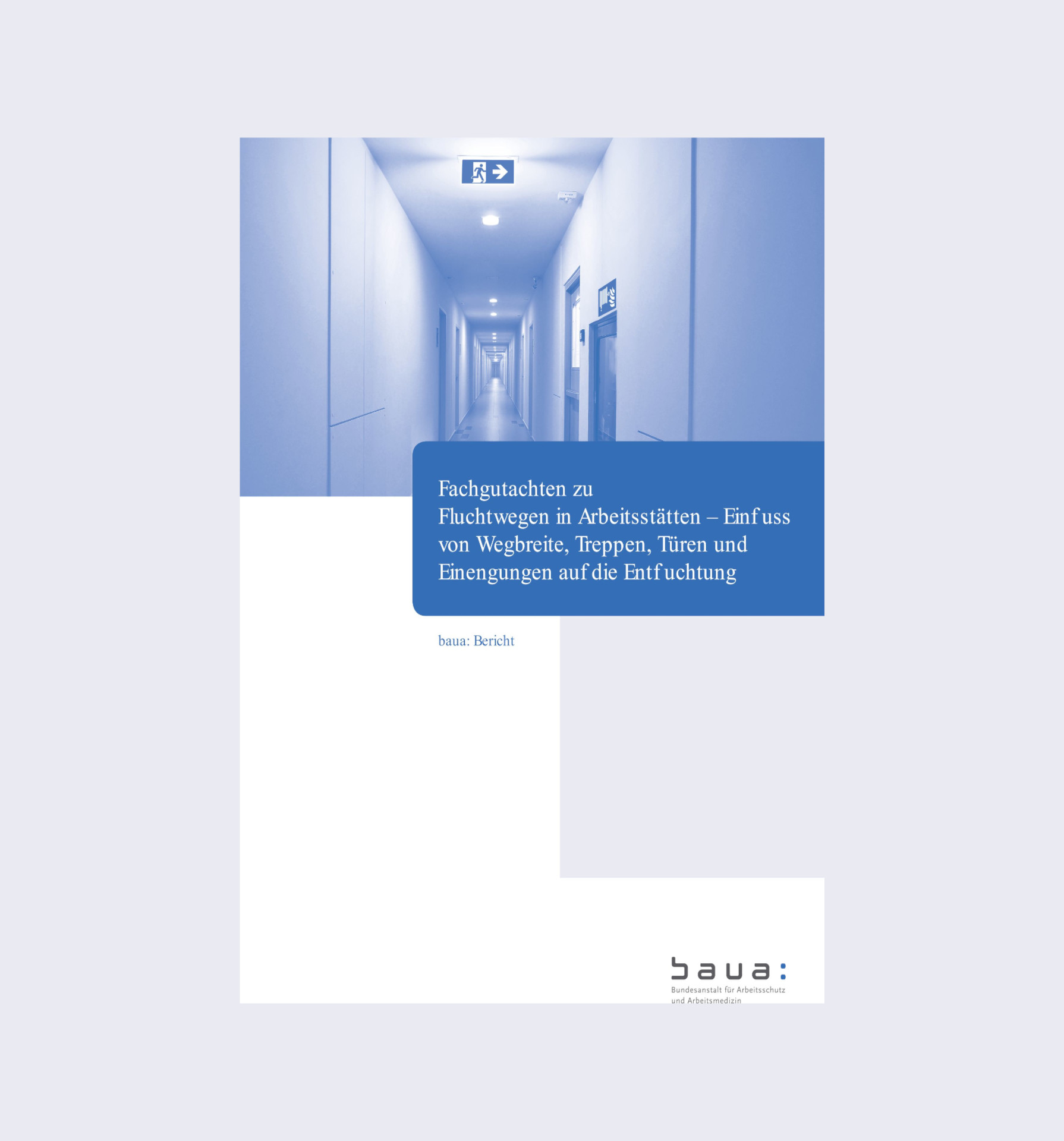Standards, rules, reference works
Simulations are finding their way into standardization in various industries. Here you will find an overview of the current status of reference works, recommendations, regulations, directives and standards in various fields.

No safety without rules
There are a number of rules, policies, and guidelines that allow us to demonstrate personal safety. We have summarized what we consider to be the most important on this page for your reference.
Directives and guidelines

RiMEA
RiMEA e.V. is an association of experts and industry insiders. The members of the association have developed and constantly update the guideline of the same name. Essentially, the guideline is a handbook for approval bodies, which can be used to evaluate simulation reports and the programs used in a standardized procedure. The association brings together perspectives from research, practice as well as industry and incorporates them into the further development.
Our contribution:
Dr. Angelika Kneidl has been actively involved in the association since its inception. In 2019, she was elected 2nd chairwoman and since 2021, she is the 1st chairwoman of the association.

vfdb guideline
The vfdb guideline is published and updated by the association of the same name, the largest German fire safety association (Vereinigung zur Förderung des deutschen Brandschutzes e.V.). The first version was published in 2006, in 2020 the 4th edition was released. The guideline deals with technical verification procedures in fire protection and provides recommendations for action. Chapters 8 and 9 deal with personal safety and proof of safe evacuation.
Our contribution:
Dr. Angelika Kneidl is a member of Working Group 4, AT 5, which is responsible for updating chapters 8 and 9.

Expert opinion on escape routes
As part of the update of ASR A2.3, the workplace directive on escape routes and emergency exits, the ASTA (Committee for Workplaces in Germany) commissioned an escape route report to investigate the influence of route width, stairs, doors and constrictions on evacuation. Two independent microscopic simulation models (including crowd:it) were used to investigate the extent to which constrictions and stairs on escape routes and the staggered use of escape routes influence evacuation times. The report served as the basis for the update and can be used as an official publication of the Federal Institute for Occupational Safety and Health (Baua) for verification purposes.
Our contribution:
Leading preparation of the expert report.
Standards and regulations
Event Safety
There are a number of regulations and recommendations to ensure the safety of visitors as far as possible.
The Model Ordinance on Places of Assembly (MVStättVo) and its implementation in various federal states are enshrined in building law and stipulate, among other things, maximum occupancy figures and minimum widths and lengths of escape routes. However, there are currently no legal requirements for large events in public spaces. Recommendations on traffic and crowd management for major events (EVC for short), developed by the Road Traffic Research Association (FGSV), aims to close this gap.
Our contribution:
Dr Angelika Kneidl was actively involved in the creation of the first version of the EVC and now heads the working group "Use of simulations in planning for and managing crowds" (AK 1.9.3). The aim of this working group is to provide users, authorities, event organisers and security officers with guidance on whether and when a simulation is useful, what is important when creating a simulation and how to interpret the results.
DIN 18009-2
DIN 18009-2 on the subject of "Evacuation simulation and personal safety" raises the simulation of people flows to the state of the art as proof of personal safety in buildings. The associated framework standard DIN 18009 deals with fire protection engineering. The standard thus lays the foundation for standardised, performance-related verification of deviations from building regulations.
Our contribution:
Dr Angelika Kneidl is a member of Working Group 2, which is working on updating DIN 18009-2.
Occupational safety - ASR
In occupational health and safety, there are also specifications for the design of escape routes in a workplace in order to guarantee the safety of employees. The Workplace Directive (ASR for short) describes the design of escape routes in Part A.2.3 of the Technical Rules for Workplaces. This was reissued in February 2022, partly on the basis of an escape route report that we wrote in collaboration with IST GmbH (Dr Rainer Könnecke).
Our contribution:
Preparation of an expert opinion - Expert opinion on escape routes in workplaces - Influence of route width, stairs, doors and constrictions on evacuation, which was commissioned by the ASTA (Committee for Workplaces) in 2019. This report analyses the influence of vertical and horizontal elements on escape routes on evacuation times.
ISO Norm 20414
There are also new international developments, including ISO 20414, which contains a series of test cases for simulation software to verify the validity of the program. It includes both verification tests (does the software do what it is supposed to do) and validation tests (does the model accurately represent reality). The difference to the RiMEA test cases is that there are also recommended test cases based on real experiments.
Additional Information
International Standardization
- ISO/TR 13387-4 / 16738: Fire-safety engineering
> more - BSI PD 7974-6: Fire Safety Engineering
> more - CFPA-E Guideline No. 19: Fire safety engineering concerning evacuation from buildings
> more - ISO TC 92: Fire Safety
> mehr - ISO 20414:2020: Fire safety engineering — Verification and validation protocol for building fire evacuation models
> more
Literature and additional Links (in German)
Further work on standardisation
- Building Smart International: Extension of the IFC standard for the automatic extraction of simulation-relevant properties from a BIM model
> more
Get in touch with us
Arrange a non-binding appointment with one of our experts now.
We are looking forward to your inquiries!
Phone: +49 (0)89 - 215 538 69
Mail: info@accu-rate.de
